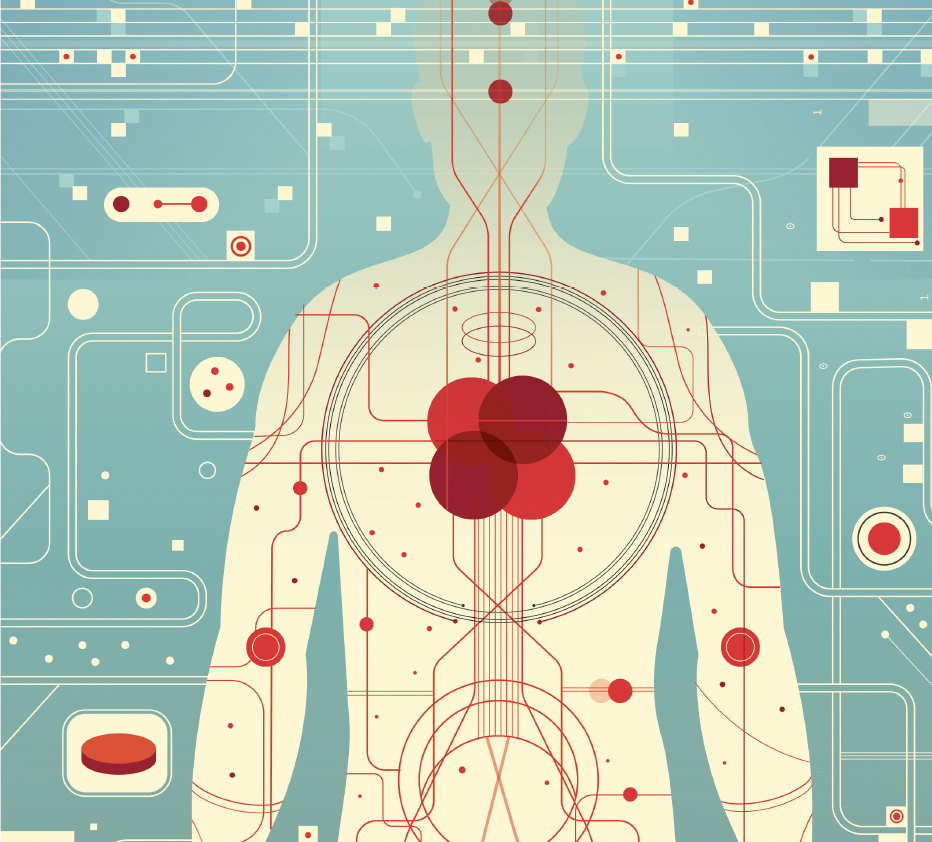
Precision EM: Targeting Brain Injury
Angela Lumba-Brown, MD is leveraging advances in data science to drive personalized care for traumatic brain injuries.
Using Phenotypes to Improve Treatment
Angela Lumba-Brown, MD, associate professor in Emergency Medicine is defining new best practices for diagnosing and treating traumatic brain injury (TBI), including concussion, using phenotyping.
TBI’s are complex and heterogeneous; not every person will exhibit the same signs or symptoms nor respond to treatments in the same way. Lumba-Brown leverages advances in data science in collaboration with Cohen Veterans Bioscience, a nonprofit biomedical research and technology organization, to drive personalized care for TBI.
“Phenotypes can fast-track precision diagnostics and tailor therapeutics.” says Lumba-Brown. Depending on the phenotype, a patient may benefit from oculomotor therapy, cognitive behavioral therapy, escalated migraine medication, vestibular rehabilitation, sleep modifications, and/or exercise therapies.
Lumba-Brown’s research can significantly impact the way physicians approach mental health following traumatic brain injury. “Anxiety and mood disruption are common following TBI, including mild TBIs such as concussion,” says Lumba-Brown. “Unfortunately, many clinicians attribute this to the stress of the injury rather than addressing it as an aspect of the injury.” Her research has pioneered work supporting the concept that anxiety and mood disruption may occur early on following head injury and throughout recovery.
Lumba-Brown, co-director of the Stanford Brain Performance Center, collaborates with a multidisciplinary team at Stanford University in neuroradiology, athletics, neurosurgery, sports medicine, and psychiatry. She directs national and international advances in the field of TBI through collaborations with the Centers for Disease Control and Prevention, the Department of Defense, the American Congress of Rehabilitation Medicine, the Brain Trauma Foundation, the Pac-12, and the Ontario Neurotrauma Foundation. Her next steps include pioneering a subtype symptom scale and further incorporating brain biomarkers and advanced neuroimaging to inform precision TBI.

